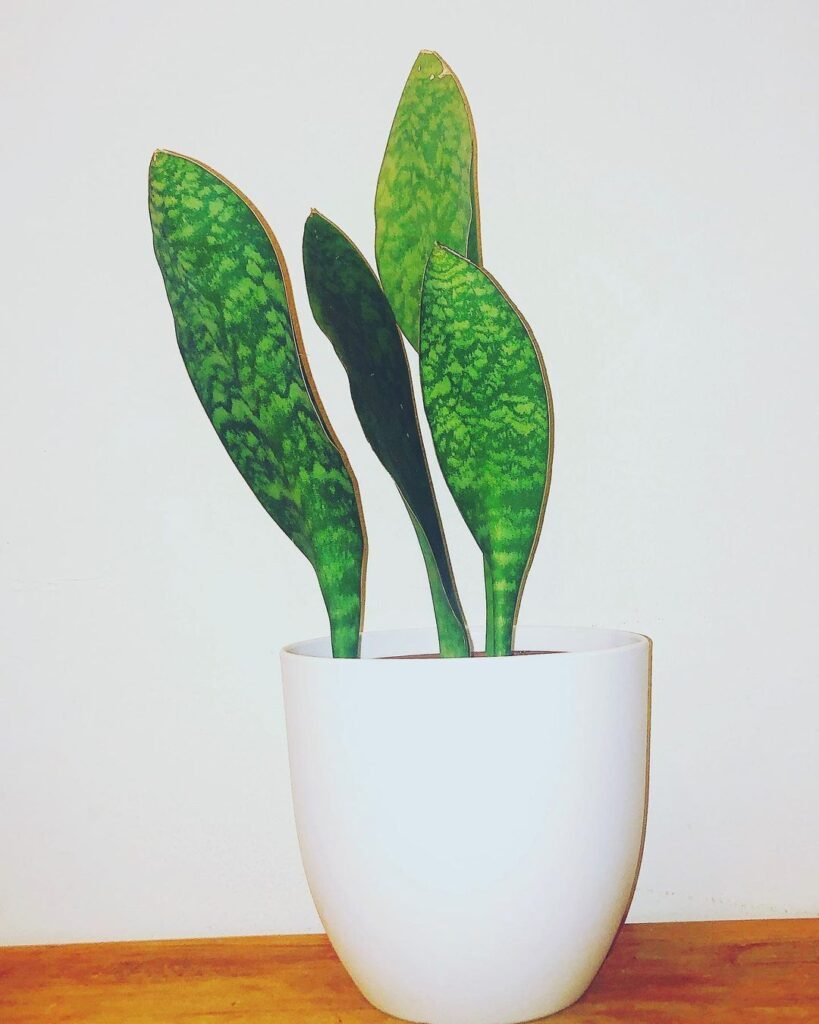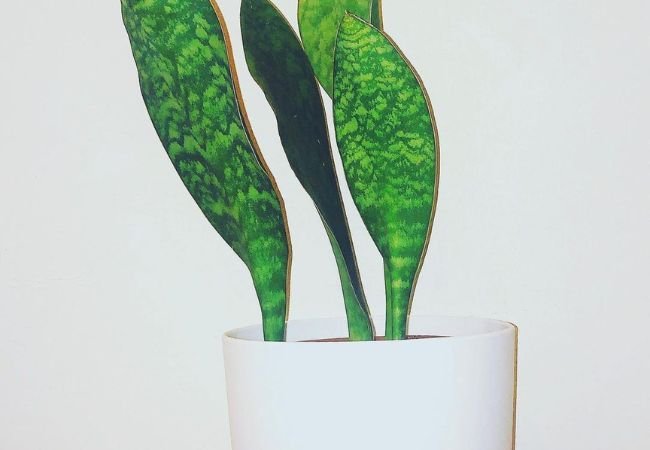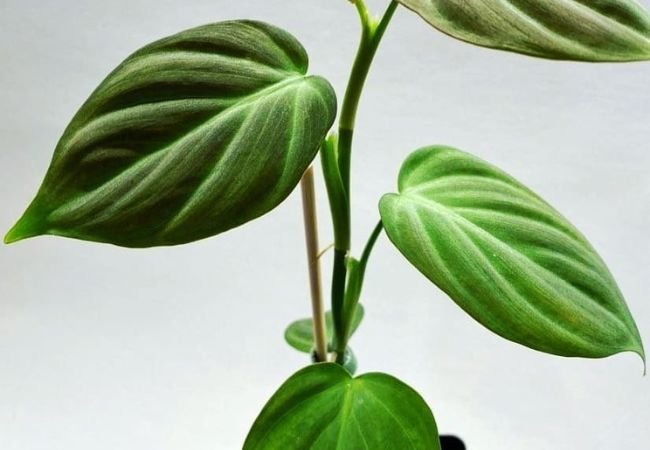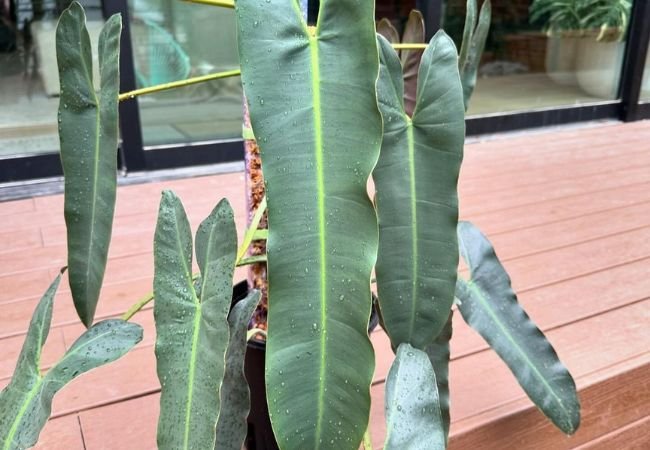Discover the whale fin snake plant, a striking and easy-to-care-for houseplant. Learn about its characteristics, care requirements and tips for growing this eye-catching Sansevieria variety.
The whale fin snake plant, also known as Sansevieria masoniana or Mason’s Congo, is a stunning member of the Sansevieria family. Its large, paddle-shaped leaves resemble a whale’s fin, making it a unique and attractive addition to any indoor space. This guide will explore the characteristics of this plant and provide tips for its care and maintenance.
What is a Whale Fin Snake Plant?

The whale fin snake plant is characterized by:
- Large, singular leaves that can grow up to 4 feet tall
- Thick, sturdy leaves with a mottled pattern
- Slow growth rate
- Air-purifying qualities
Learn more about Sansevieria varieties
Caring for Your Whale Fin Snake Plant
Light Requirements
- Thrives in indirect light
- Can tolerate low light conditions
- Avoid direct sunlight, which can scorch leaves
Watering Needs
- Allow soil to dry completely between waterings
- Water less frequently in winter
- Avoid overwatering, which can lead to root rot
Soil and Potting
- Use well-draining potting mix
- Add perlite or sand for extra drainage
- Repot every 2-3 years or when rootbound
Temperature and Humidity
- Prefers temperatures between 60-85°F (15-29°C)
- Can tolerate lower temperatures, but avoid freezing
- Adapts to various humidity levels
Fertilizing
- Feed with a balanced, water-soluble fertilizer every 2-3 months during growing season
- Avoid fertilizing in winter
Detailed care guide for Sansevieria plants
Propagation Methods
- Division
- Separate offsets from the main plant during repotting
- Ensure each division has roots attached
- Leaf cuttings
- Cut a leaf into 3-4 inch sections
- Allow cut ends to callus for a day
- Plant in moist, well-draining soil
Tips for propagating Sansevieria
Common Problems and Solutions
- Yellow leaves
- Cause: Overwatering or poor drainage
- Solution: Adjust watering schedule and improve soil drainage
- Brown leaf tips
- Cause: Low humidity or fluoride in water
- Solution: Increase humidity or use filtered water
- Pests (mealybugs, spider mites)
- Solution: Wipe leaves with neem oil or insecticidal soap
Decorating with Whale Fin Snake Plants
- Use as a striking focal point in a room
- Pair with other low-maintenance plants for a diverse display
- Place in modern or minimalist decor settings
Benefits of Whale Fin Snake Plants
- Air purification: Removes toxins like formaldehyde and benzene
- Low maintenance: Ideal for busy or novice plant owners
- Drought-tolerant: Can survive periods of neglect
- Long-lasting: With proper care, can thrive for many years
Research on air-purifying plants
Where to Buy Whale Fin Snake Plants
- Local nurseries or garden centers
- Online plant retailers
- Specialty houseplant shops
Tips for buying healthy houseplants
The whale fin snake plant is an excellent choice for those seeking a unique, low-maintenance houseplant. Its striking appearance and easy care requirements make it perfect for both novice and experienced plant enthusiasts. By following the care tips outlined in this guide, you can enjoy the beauty of this remarkable plant for years to come. Remember, every plant is different, so observe your whale fin snake plant closely and adjust care as needed to ensure its health and longevity.
Explore more unique houseplants for your collection
For more gardening tips and plant care guides, visit usagardenhub.com.







4 Comments on “Whale Fin Snake Plant : A Unique and Low-Maintenance Indoor Beauty”